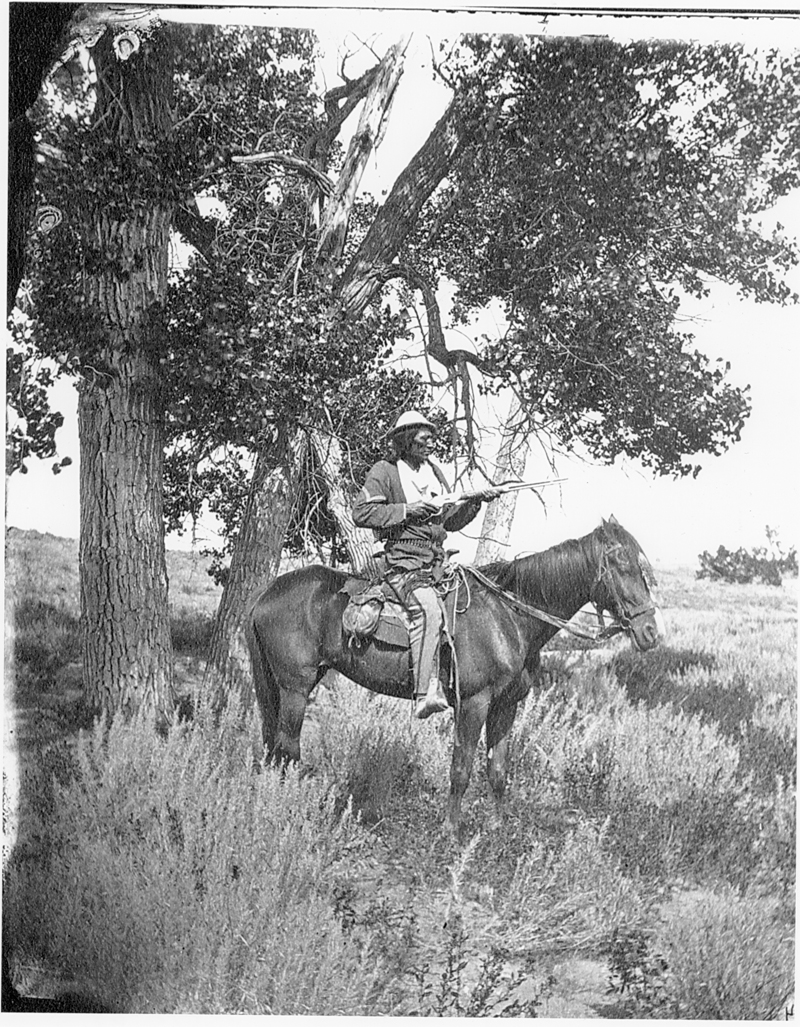UNIT PROFILE – U.S. ARMY INDIAN SCOUTS
#NativeAmericanHeritageMonth
Instrumental to U.S. Army success in the post-Civil War Indian Wars were the Indian Scouts, an enlisted cadre of Native Americans who performed reconnaissance and auxiliary duties.
#Armyhistory
#NativeAmericanHeritageMonth
Instrumental to U.S. Army success in the post-Civil War Indian Wars were the Indian Scouts, an enlisted cadre of Native Americans who performed reconnaissance and auxiliary duties.
#Armyhistory

First formed in 1866, the Indian Scouts were a force of up to 1,000 men (although this slowly declined as the years passed) whose members were be compensated the same as a white cavalryman.
#USArmy #MilitaryHistory #IndianWars #GreatPlains #AmericanSouthwest #IndianScouts
#USArmy #MilitaryHistory #IndianWars #GreatPlains #AmericanSouthwest #IndianScouts

The Indian Scouts supplied desperately needed knowledge of the terrain and enemy belligerents to an Army short on expertise and struggling to accomplish its mission. Indian Scouts were essential to Army’s efforts across the greater frontier. 

The settlement of the frontier by the close of the 19th century spelled the end for the Indian Scouts and their unique place in Army history; the service slowly declined until coming to a practical end by the beginning of World War One. 

During their time in Army service, Indian Scouts earned 16 Medals of Honor; a small part of their legacy has been carried into the present day by U.S. Army Special Forces, whose crossed arrows insignia was originally designated for use by the Indian Scouts in 1890. 

• • •
Missing some Tweet in this thread? You can try to
force a refresh


















